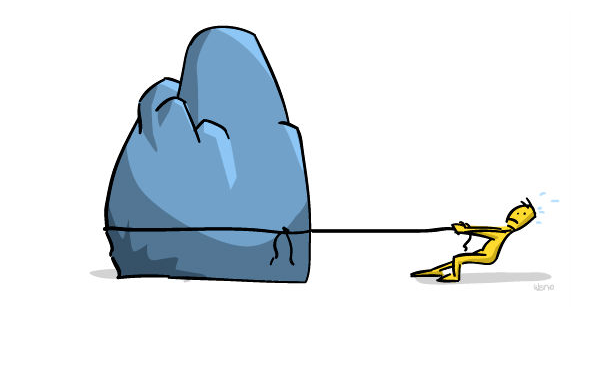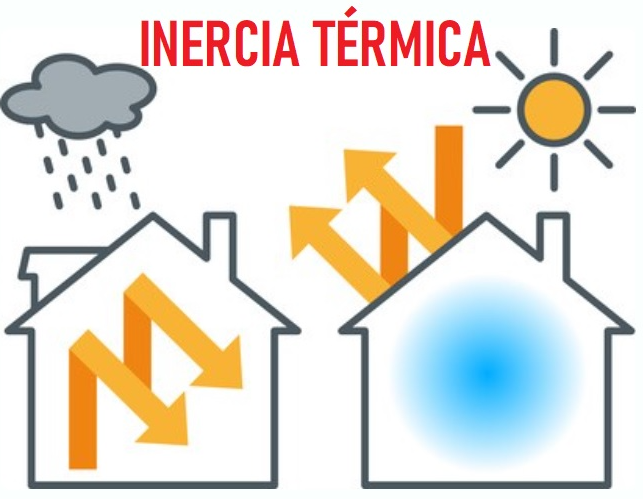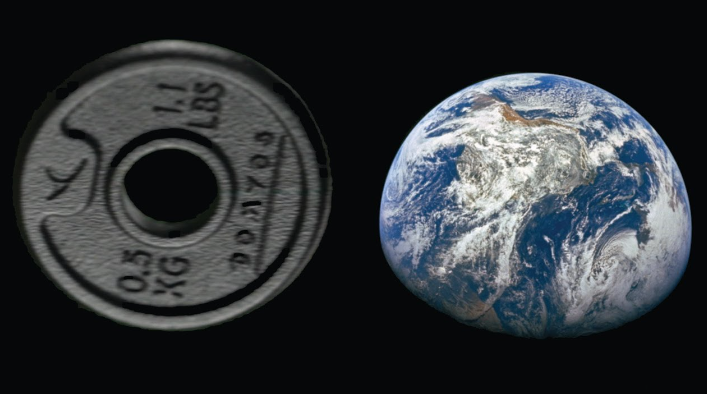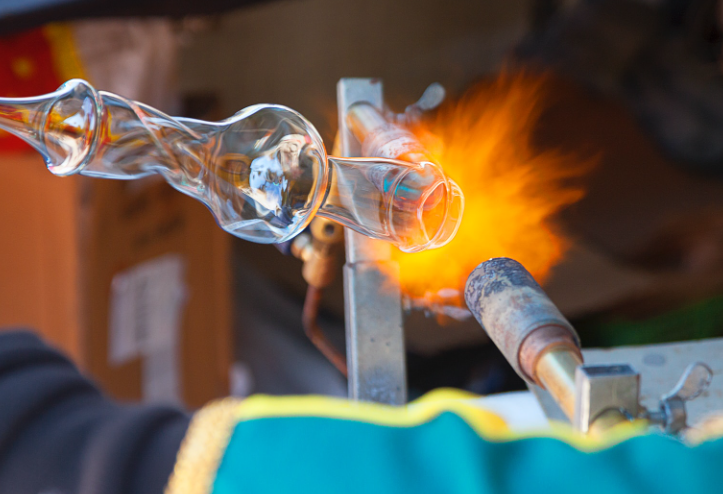What do you know about inertia?

It is the resistance that bodies oppose to modify their state of movement or of stillness, either to alter their speed, their course or to stop; although the term also applies to modifications of your physical state. A body, thus, requires a force that overcomes inertia to alter its trajectory, which would otherwise adhere to the laws of uniform rectilinear motion, or to start a movement, otherwise it will remain at rest.
In this way, a body or system will have a greater inertia to the extent that it requires more intense forces to modify its state of motion or to modify its physical state.
types of inertia
- mechanical inertia. Related to the difficulty of modifying movement and stillness, as we have explained previously, it depends directly on the amount of mass of the body or system and on the inertia tensor.

- Thermal inertia. It measures the difficulty of a body or system to change its temperature when it comes into contact with other objects or when it is directly heated. It depends on the heat capacity of the body or system.
- dynamic inertia. It is presented by bodies in relative motion.
- static inertia. It is presented by bodies at relative rest.
- Rotational inertia. It is presented by bodies that exhibit rotary motion.
- Translational inertia. It is linked to the total mass of the bodies.

Examples of inertia
- Seat belt, when a vehicle moves at a constant speed, its passengers share this speed with it. But if the driver suddenly stops the vehicle (or collides with another that prevents him from continuing his trajectory), the passengers will feel the push of inertia that makes them maintain the movement they had before the stop, throwing them forward. Then the seat belt intervenes, which overcomes inertia and interrupts their movement, preventing them from hitting the windshield.
- Pushing a heavy object, when pushing a heavy object at rest, one feels the need to overcome inertia with the force of those pushing. Once expired, the object will move more easily, since it will be in motion; but will initially resist moving.
- Quickly pulling a tablecloth, in the typical act of magicians, a tablecloth is pulled with objects on it, which remain in place due to inertial forces and do not move along with the cloth.
Veamos la siguiente práctica y ¡manos a la obra!





Responses